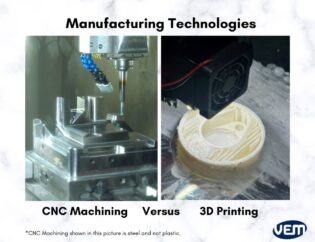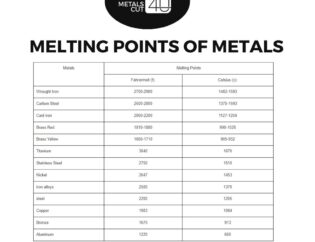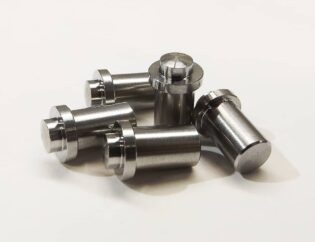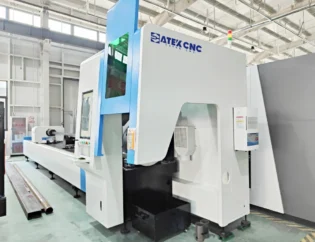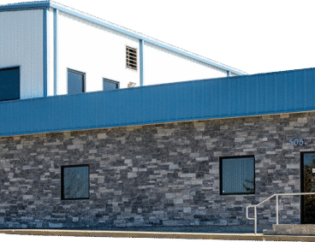Hot machining is a critical process in modern manufacturing, where elevated temperatures enhance material properties and machining efficiency. This guide delves into the intricacies of hot machining, exploring its techniques, benefits, and applications across various industries. Understanding this process is essential for engineers and manufacturers aiming to optimize production and improve product quality.
Readers can expect to learn about the fundamental principles of hot machining, including the types of materials best suited for this technique. We will cover the equipment and tools required, as well as the safety measures necessary to ensure a successful operation. Additionally, the guide will highlight common challenges and solutions encountered in hot machining.
By the end of this guide, readers will have a comprehensive understanding of hot machining, empowering them to implement these techniques effectively in their own projects. Whether you are a seasoned professional or new to the field, this resource will provide valuable insights to enhance your machining capabilities and drive innovation in your work.
Hot Machining: A Comprehensive Guide
In this article, you will get to know about the hot machining process and its working in detail. At the beginning of the article, you will learn about the definition, methods, and working, then we will be discussing advantages, disadvantages, and applications.
What is Hot Machining?
Hot machining is a thermally-assisted metal cutting process that is particularly effective for machining difficult-to-cut materials. These materials are characterized by high-temperature strength, low thermal conductivity, and a tendency to work-harden. The process involves using an external heat source to preheat the workpiece, which facilitates easier material removal by reducing the cutting force required.
Technical Features of Hot Machining
The following table summarizes the key technical features of hot machining:
| Feature | Description |
|---|---|
| Heat Source | Utilizes external heat sources such as laser, plasma, induction, or flame. |
| Material Softening | Preheating reduces shear strength, making cutting easier. |
| Tool Life Improvement | Extended tool life due to reduced wear and lower cutting forces. |
| Surface Finish | Enhanced surface integrity compared to conventional machining. |
| Energy Efficiency | Lower power consumption due to reduced cutting forces. |
| Application Range | Suitable for hard materials like nickel-based superalloys and ceramics. |
Types of Hot Machining
Hot machining can be classified based on the type of heat source used. The following table outlines the different types of hot machining processes:
| Type | Description |
|---|---|
| Laser-Assisted Machining | Uses laser beams to heat the workpiece locally, improving cutting efficiency. |
| Plasma-Assisted Machining | Employs plasma arcs to provide localized heating, enhancing tool life. |
| Induction-Assisted Machining | Utilizes induction heating to soften the material before cutting. |
| Flame-Assisted Machining | Involves heating the workpiece with a flame, often using gas mixtures. |
Advantages of Hot Machining
Hot machining offers several advantages, including:
– Increased Productivity: The process allows for higher metal removal rates, making it suitable for bulk production.
– Improved Ductility: The elevated temperatures enhance the ductility of materials, allowing for more complex shapes.
– Reduced Tool Wear: Lower cutting forces lead to less wear on cutting tools, extending their lifespan.
– Better Surface Quality: The thermal softening of materials results in improved surface finishes.
Disadvantages of Hot Machining
Despite its benefits, hot machining has some drawbacks:
– Surface Oxidation: High temperatures can lead to oxidation, affecting surface quality.
– Equipment Costs: The need for specialized heating equipment can increase initial investment costs.
– Dimensional Accuracy: Thermal expansion can complicate achieving precise dimensions.
– Material Limitations: Not all materials are suitable for hot machining processes.
Applications of Hot Machining
Hot machining is widely used in various industries, including:
– Aerospace: Machining of high-performance components from superalloys.
– Automotive: Production of parts requiring high strength and durability.
– Manufacturing: Used in processes like turning, milling, and drilling of difficult-to-machine materials.
Conclusion
Hot machining is a vital process in modern manufacturing, particularly for difficult-to-cut materials. By utilizing external heat sources, it enhances machinability, reduces tool wear, and improves surface quality. As industries continue to evolve, the importance of hot machining will only grow, making it a key area for research and development.
FAQs
1. What is hot machining?
Hot machining is a thermally-assisted metal cutting process that uses external heat sources to preheat the workpiece, facilitating easier material removal.
2. What are the advantages of hot machining?
Advantages include increased productivity, improved ductility, reduced tool wear, and better surface quality.
3. What types of heat sources are used in hot machining?
Common heat sources include lasers, plasma arcs, induction heating, and flames.
4. What industries benefit from hot machining?
Industries such as aerospace, automotive, and manufacturing benefit significantly from hot machining processes.
5. What are the disadvantages of hot machining?
Disadvantages include potential surface oxidation, high equipment costs, challenges in achieving dimensional accuracy, and limitations on material types.

